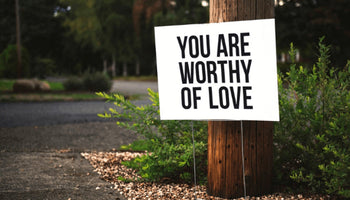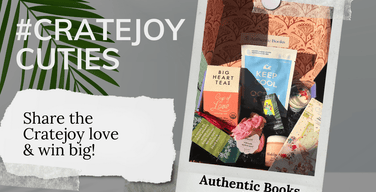8 Art Therapy Activities for Your Self-Care Routine
Updated by Shawnna Stiver
Time to get creative with your self-care routine . Self-care is becoming important for people to make a priority because having a routine can boost self-esteem and improve mental health and your overall well-being. But contrary to what people (and the social media memes) say, self-care is more than just bubble baths, manicures and a 60-minute massage. It’s about making sleep a priority, meditation, moving your body, spending quality time in nature or with family members.
It’s also about art.
In fact, for some, art therapy activities are the foundation of their self-care routine. Art therapy dates all the way back to World War I when artists, Red Cross volunteers and occupational therapists used art therapy exercises to treat soldiers with post-traumatic stress syndrome (PTSD). The practice grew during World War II and by the early 1940s, the term “art therapy” was coined in the book Art Versus Illness by Adrian Hill. Formal training programs began training art therapists in the 1960s, and since that time, art therapy has evolved into a standalone mental health profession that requires Masters-level training and board certification. So, if the practice of art therapy was effective then, what can it do for people now?
Here’s why art therapy is important and how you can incorporate art therapy activities into your self-care routine.
What is Art Therapy?
The American Art Therapy Association defines art therapy as a type of therapy that allows for creative expression that can overcome the limitations of language. In other words, if negative emotions are too difficult or painful to articulate verbally, you could try drawing, painting, sculpting, coloring, sewing, collaging, journaling, a scribble or other methods of expressive arts to overcome the limitations of language. (We love SCRIBEdelivery for super-cute journal supplies!)
Art therapy is about using creativity and art-making to help people understand themselves, find a voice and “communicate things for which there are no words,” says Dr. Christianne Strang, PhD, ATR-BC, CEDCAT-S, president of the American Art Therapy Association and assistant professor in the behavioral neuroscience program at the University of Alabama.
Art therapy is less about the final product and more about the process of accepting and exploring your emotions. Using art therapy as a form of self-care can help you embrace mistakes and cultivate self-compassion. It can help you connect with others and discover what you really need, which are all ways of nourishing yourself and maintaining good mental health.














